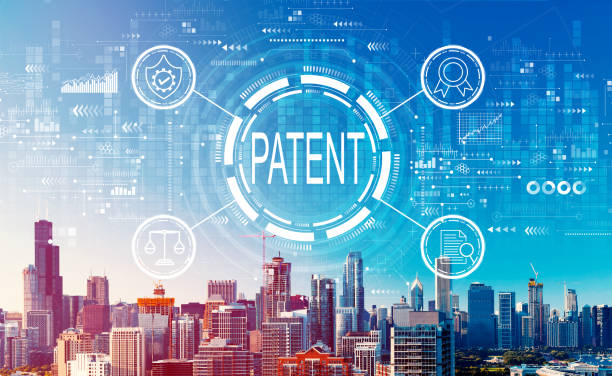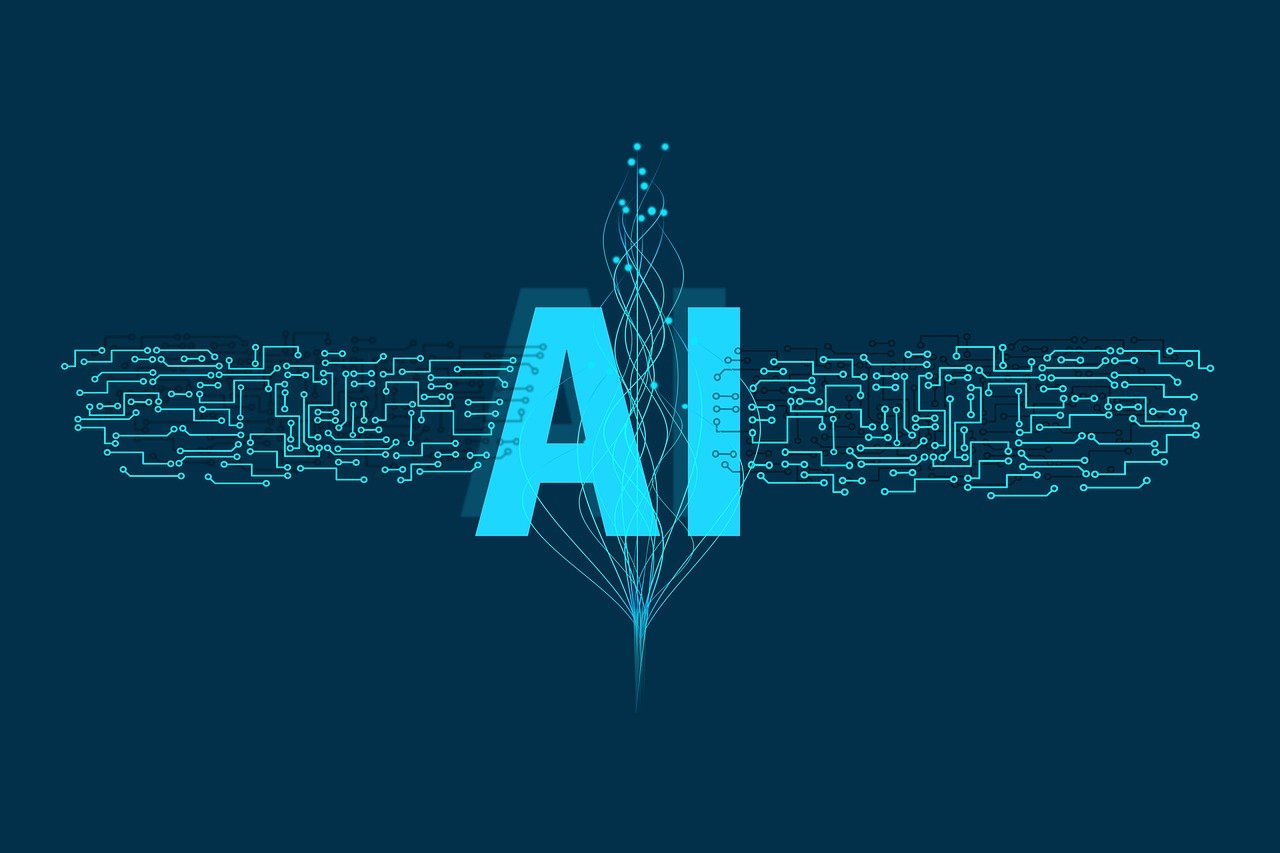AI or Artificial Intelligence has been around us since its inception as an academic discipline in 1955. Have you ever considered AI doing patent drafting? The question holds a great significance for who knows how difficult it is to draft a patent application. The patent drafting process involves various steps such as proofreading.
In addition, a patent application has several important documents. As a result, it requires much time to look for errors in a patent application. You have to proofread the application thoroughly before submitting it to a patent office. Therefore, to overcome this problem, we require a state-of-the-art tool that can automate the patent drafting process.
The tool will speed up the process. Moreover, the chances of human errors in a patent application will reduce significantly when the complete process works automatically. Read the article up to understand how AI is changing the IP industry.

What is a patent draft?
Patent drafts are an integral component of the invention application process. Innovators need to outline in precise detail their product and how it differs from existing products in order to secure a patent. This requires extensive research and collaboration among inventors, draftsman and attorney; with the latter’s responsibility being writing an accurate description that uses appropriate technical terminologies; while also understanding legal limits underlying protection embedded in patents; poorly written patents may lead to loss of rights or even lawsuits from third parties.
A successful patent draft should include a comprehensive discussion of the inventive features and claimed advantages of the invention, to enable patent examiners to make an assessment as to its novelty and non-obviousness. Furthermore, this description must describe how the invention addresses an existing problem or fills a market void while outlining how its technical characteristics differ from similar products on the market.
Drafting a patent application can be an intimidating task for new inventors, so many hesitate to take on the task themselves. This is particularly true if they believe their invention warrants patent protection; however, doing so could be essential in protecting intellectual property against being stolen and used by third parties.
One key aspect of patent writing involves providing clear and concise descriptions that can reassure patent examiners; otherwise an incomplete one may lead them to reject your application altogether or grant it with limited scope.
Draft patent documents must also be written so as to be understandable by an average person with knowledge in the relevant field. This requires conducting a comprehensive patent search and understanding technical terms and vocabulary used. Lastly, keep in mind that patents are legal documents which must comply with local legislation when filed for.
AI in Patent Search and Prior Art Search
Patent searches were traditionally conducted manually using keyword-based techniques; now however, AI tools employ various approaches like text frequency matching, class correspondence analysis and other algorithms to quickly locate patents that match up with those searched terms.
Traditional patent search can be an inefficient and laborious process that takes days or even weeks to perform a comprehensive prior art search. Furthermore, searching through domestic and international databases with vast amounts of data available may prove challenging due to language barriers or unstandardized formats.
However, AI is now being utilized to streamline prior art search procedures more efficiently and cost-effectively. Automating search processes helps save both time and costs associated with prior art searches while also providing valuable insights for patentability review before filing new applications.
The USPTO has also taken notice of AI technology and developed an artificial intelligence tool to assist examiners with prior art searches, improving quality examinations while shortening turnaround time.
Sagacious IP has recently introduced LivePat ™, an AI patent search tool to assist businesses facing pressing situations such as budget constraints for full prior art searches or needing to compile comprehensive lists of keywords and classes quickly and efficiently. LivePat uses natural language processing technology BERT in combination with description drawing embedding to provide an efficient prior art search experience for its users.
How to Use AI IN Drafting Patent Applications
Drafting patent applications requires both technical and legal expertise. Their quality is essential to clients who must stick within budget while still satisfying courts and patent offices worldwide.
Counsel and clients attempting to address these challenges rely on various tools that help streamline processes and increase efficiencies, with many using AI technology for automation purposes.
As the patent drafting industry increasingly adopts AI tools, it’s crucial to be cognizant of both their advantages and drawbacks. Generative AI offers exciting possibilities for automating portions of patent drafting by using text to generate information that can then be combined with existing documents to form patent applications. This approach has gained increasing traction among startup providers like PatentPal which uses GPT-3 to automatically generate key elements of patent applications.
However, it is also essential to bear in mind that AI technology used in these systems may be affected by their training data, potentially creating biases or reflecting existing disparities and leading to unintended results.
For example, AI software trained using a large dataset that represents discrimination in the workplace may reinforce those prejudices when drafting patent applications; AI models do not possess contextual awareness or problem-solving abilities like human patent professionals so may fail to detect unintended ramifications of their work.
AI Use in Analysis and Valuation of Patents
AI can be utilized for a wide variety of tasks, from automated patent drafting to predictive analytics. Understanding its role in patent analysis and valuation will enable you to make smarter business decisions.
AI can scour vast data sets for patterns and structures to help algorithms learn and adapt without human interference – this process is called Machine Learning.
Machine learning technology discovers patterns in big data sets and turns them into insights that can be used to create solutions, predict trends and opportunities, optimize existing processes or automate repetitive tasks. It enables businesses to optimize existing processes while automating repetitive tasks more efficiently.
AI applications provide a great example of how they can save both time and resources by providing more efficient, accurate alternatives to manual methods of filing patent portfolios. With AI apps such as this one in their arsenal, time and resources can be saved while making more informed decisions when it comes to patent portfolio management.
An AI tool allows a patent holder to quickly determine the essentiality of a standard by analyzing existing patents and compiling a list of prior art – this process typically takes milliseconds compared with days or weeks for experts to complete this task.
Successful AI implementation in your company depends on having organized data that your AI system can read easily – this may involve using a CRM to centralise it all. Furthermore, it’s crucial that you clearly outline what outcomes of your AI programme you expect – this will allow you to select suitable technologies and ensure they deliver as promised.
AI Use in Managing Patent Portfolio
AI is revolutionizing patent-related services by cutting costs, improving quality and increasing efficiency. AI also helps companies better understand their IP and technologies they utilize; something which is especially essential when making strategic decisions regarding patent portfolio management.
Here are a few AI applications in patent management
IP Landscape Analysis
AI tools can help improve search results and save attorneys time reviewing irrelevant information. Furthermore, these AI tools can identify key terms and features within patents as well as potential risk in new claims drafted – making this technique particularly useful when performing quality infringement analysis or M&A activities.
Patentability
Assessing patentability can be a complex endeavor, with evaluation criteria often including novelty and non-obviousness being highly subjective. Artificial Intelligence tools could make this search and examination process more efficient by providing greater depth of analysis, identifying wider trends, and increasing transparency during decision-making processes.
At present, it remains uncertain the impact AI will have on assessing patent validity, with several issues remaining open. Concerns are voiced that AI could change who is considered an inventor for patents.
This could have far reaching ramifications regarding ownership issues as well as whether patentability rules should be revised accordingly. Furthermore, quality of applications written using AI remains unknown along with its effects on legal risk.
AI Use in Patent Translation
AI stands for artificial intelligence and refers to technologies with human-like qualities such as learning, planning, and creativity. Though impressive in its capabilities, AI still cannot replace humans completely in all areas of life – including translation. Nonetheless, many tools exist that assist translators and increase productivity during translation processes.
Neural machine translation (MT) is one such technology. MT uses complex algorithms to translate text from one language into another and compare it against its original for any discrepancies or errors; this improves translation quality, creating more natural and accurate translations.
MT can be an invaluable asset when translating patents and should be integrated into the translation workflow to increase efficiency and productivity. It is especially effective at handling large volumes of data quickly. It should be remembered, however, that MT should only ever serve as a supplement to human translation services.
As globalization becomes ever-more prevalent, ensuring content can be easily translated is becoming an essential element of business success. AI translation tools provide a solution by instantly translating documents, websites and customer service conversations in real-time.
WIPO has been actively working on improving AI across a range of areas, including patent translation. Their AI-powered patent translation tool “WIPO Translate,” employing machine translation technology, can translate intellectual property documents and content from one language into others – currently Arabic, Chinese, French, German, Japanese Korean Russian Spanish.
The Limitations of Using AI in Patent Drafting
Although AI has become an indispensable part of legal industry practice and patent practice, and has the potential to play an integral part, patent practitioners should remain mindful of its limitations when using this technology in their practice. Concerns that arise include privacy issues when using LLM tools based AI systems as well as possible copyrighted material or “hallucinations” not created by their inventors drafted into applications generated by these systems.
AI in patent drafting should be approached carefully and with consultation of clients, since patent applications must satisfy strict legal criteria in order to be valid and enforceable; failure to do so could result in lost IP rights.
AI drafting tools can assist patent practitioners with many of the mundane aspects of preparing patent applications, including generating descriptions and claims, rephrasing boilerplate content and identifying prior art references. However, patent practitioners must remember that no matter how sophisticated or intelligent an AI tool may be, it cannot truly understand the passion and innovation driving inventors’ inventions; hence skilled patent attorneys remain necessary for crafting optimal applications that are properly filed and enforceable.
